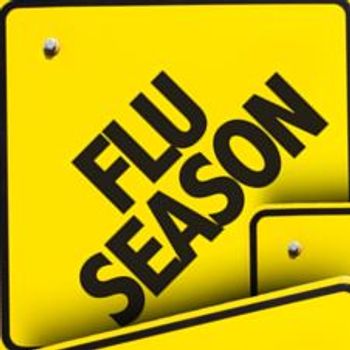
Socially Awkward Mice Are Apt Models for Autism Research
DALLAS -- Clues into how autism spectrum disorders work may emerge from mice with a mutation that makes them socially awkward but enhances cognitive abilities.
DALLAS, Sept. 6 -- Clues into how autism spectrum disorders work may emerge from mice with a mutation that makes them socially awkward but enhances cognitive abilities.
Transgenic mice with a mutation in the gene encoding for neuroligin-3, a synaptic cellular adhesion molecule, showed both social impairment and enhanced spatial learning abilities, a mix typical of some patients with autism, Asperger's syndrome, or related conditions, reported Thomas C. Sdhof, M.D., of the University of Texas Southwestern here, and colleagues.
The behavioral changes the investigators observed in the mice were accompanied by increases of inhibitory synaptic transmission but not excitatory transmission, the authors reported online in Science Express, the rapid online version of Science.
"Our data strongly support the notion that a change in the inhibitory-excitatory balance contributes to the pathogenesis of autism spectrum disorders," they wrote.
If it can be shown that the mouse model accurately mimics the pathology of autism, it would suggest the possibility of treating some forms of autism spectrum disorders with therapies that can attenuate inhibitory synaptic transmission, the investigators said.
To see whether autism may be caused by an imbalance in synaptic circuits, the authors bred mice with an R451C-substitution in the gene encoding for neuroligin-3. A related mutation in humans is associated with familial idiopathic autism.
The investigators also bred a line of neuroligin-3 knockout mice for comparison purposes. They found that both murine strains appeared to be physically normal and had normal life spans.
The genetic substitution resulted in about a 90% reduction in neurologin-3 in the forebrain, and the deletion of the gene results in complete absence of the cellular adhesion molecule. However, mice with the R451C-substitution had an increase in the strength of inhibitory synaptic impulses, whereas the knockout mice did not. There were no significant changes in excitatory synaptic transmission.
The investigators then looked at the behaviors of the animals with the gene substitution to see whether the changes in synaptic transmission translated into changes in social behavior.
They found that the R451C-substitution mice were no different from wild-type controls in the time they spent examining a new inanimate object in their cages. But when a new caged adult mouse was introduced, they showed a small but significant decrease in interaction times compared with wild-type mice.
Although the neuroligin-3 deficient mice had social deficits, they appeared to have enhanced spatial memory, taking fewer days to learn the location of the submerged platform in a swim test, and finding the platform location nearly twice as often as controls.
"This combination of electrophysiological and behavioral effects is quite remarkable," Dr. Sdhof said. "It was also significant that these mice did not exhibit any other impairment of nervous system function -- there was no abnormal locomotor activity or motor coordination, for example. This was a selective change, with social impairment on the one hand, yet cognitive enhancement on the other."
Newsletter
Enhance your clinical practice with the Patient Care newsletter, offering the latest evidence-based guidelines, diagnostic insights, and treatment strategies for primary care physicians.



























































































































































































































































































